Vacuum Investment Casting for Aerospace & Medical | Welleshaft
1.What is the Process of Vacuum Investment Casting?
Vacuum investment casting is a precision casting process used to create complex metal parts with high dimensional accuracy and excellent surface finish. This method involves the use of a vacuum to remove air and gases, ensuring the metal fills the mold completely and reducing the risk of defects such as porosity and inclusions.
1.1. The Investment Casting Process
The investment casting process, also known as lost-wax casting, involves several key steps:
Pattern Creation: A wax or plastic pattern is made, which is an exact replica of the final part.
Assembly: Patterns are attached to a central wax sprue to form a tree-like assembly.
Shell Building: The assembly is repeatedly dipped in a ceramic slurry and coated with fine sand to build a thick, strong ceramic shell.
Wax Removal: The ceramic shell is heated to melt and drain out the wax, leaving a hollow mold.
Preheating: The ceramic mold is preheated to a specific temperature to remove any residual wax and moisture.
Metal Pouring: Molten metal is poured into the mold under vacuum conditions to ensure complete filling and minimize defects.
Cooling and Solidification: The metal solidifies within the mold.
Shell Removal: The ceramic shell is broken away to reveal the cast part.
Finishing: The cast parts are cut from the sprue, cleaned, and undergo any necessary finishing operations such as machining and heat treatment.
1.2. Metals for Vacuum Investment Casting
A variety of metals can be used in vacuum investment casting, including:
Aluminum Alloys: Lightweight and corrosion-resistant, ideal for aerospace and automotive components.
Stainless Steel: Offers excellent strength, durability, and resistance to corrosion.
Titanium Alloys: Known for high strength-to-weight ratio and biocompatibility, suitable for aerospace and medical applications.
Nickel Alloys: High-temperature resistance and excellent mechanical properties, used in turbine blades and industrial components.
Cobalt Alloys: High wear resistance and strength, often used in medical implants and cutting tools.
2. What Is the Vacuum Casting Method?
The vacuum casting method involves using a vacuum to remove air and gases from the mold cavity and the molten metal, ensuring a defect-free casting process. This method is particularly useful for casting high-performance alloys and complex geometries that require precise control over the metal flow and solidification.
2.1. What Are Vacuum Investment Castings?
Vacuum investment castings are metal parts produced using the vacuum investment casting process. These castings are known for their superior surface finish, high dimensional accuracy, and minimal defects, making them ideal for critical applications in various industries.
2.2. Why Use Vacuum?
Using vacuum in the investment casting process offers several advantages:
Eliminates Air and Gas: Prevents porosity and inclusions by removing air and gases from the mold and molten metal.
Improves Metal Flow: Ensures complete filling of intricate mold geometries.
Enhances Mechanical Properties: Produces castings with improved strength and durability.
Reduces Defects: Minimizes common casting defects, resulting in higher quality parts.
3. Benefits of Vacuum Investment Casting
Vacuum investment casting offers numerous benefits:
High Precision: Produces parts with tight tolerances and intricate details.
Excellent Surface Finish: Reduces the need for extensive machining and finishing.
Material Versatility: Suitable for a wide range of metals and alloys.
Complex Geometries: Allows for the casting of complex shapes that are difficult to achieve with other methods.
Consistency and Reliability: Provides consistent quality and reliable performance for critical applications.
3.1. Should You Use Vacuum Investment Casting?
Consider using vacuum investment casting if your project requires:
- High precision and dimensional accuracy
- Excellent surface finish
- Complex geometries
- High-performance materials
- Minimal casting defects
4. Markets for Vacuum Investment Casting
Vacuum investment casting is used in various markets, including:
Aerospace: Engine components, structural parts, and turbine blades.
Automotive: High-performance engine parts, transmission components, and suspension parts.
Medical: Surgical instruments, orthopedic implants, and dental devices.
Industrial: Pumps, valves, and industrial machinery components.
Energy: Turbine blades and components for power generation.
5. Manufacturing Technologies in Vacuum Investment Casting
Vacuum investment casting involves advanced manufacturing technologies such as:
Vacuum Induction Melting: Melting metals under vacuum to prevent contamination.
Precision Machining: Post-casting machining to achieve tight tolerances and complex shapes.
Heat Treatment: Enhancing mechanical properties through controlled heating and cooling processes.
Non-Destructive Testing: Ensuring the integrity and quality of cast parts through methods like X-ray inspection and ultrasonic testing.
6.Common Questions About Vacuum Casting
6.1. What is the difference between vacuum casting and traditional investment casting?
Vacuum casting uses a vacuum to remove air and gases, resulting in higher quality castings with fewer defects compared to traditional investment casting.
6.2. What metals can be used in vacuum casting?
A wide range of metals and alloys, including aluminum, stainless steel, titanium, nickel, and cobalt alloys, can be used in vacuum casting.
6.3. What are the advantages of vacuum casting?
Improved metal flow, reduced defects, enhanced mechanical properties, and the ability to cast complex geometries are some of the key advantages.
6.4. Is vacuum casting more expensive than traditional casting methods?
While vacuum casting can be more costly due to the equipment and processes involved, it offers superior quality and performance for critical applications.
6.5. Are Vacuum Castings Similar to Investment Castings?
Yes, vacuum castings are a type of investment castings that utilize a vacuum to improve the quality and precision of the final parts. The key difference lies in the use of vacuum technology to eliminate air and gases, resulting in fewer defects and better mechanical properties.
7. How Does the Vacuum Investment Casting Technique Work?
The vacuum investment casting technique works by creating a vacuum environment during the metal pouring process. This involves:
- Placing the preheated ceramic mold in a vacuum chamber.
- Applying a vacuum to remove air and gases from the mold.
- Pouring molten metal into the mold under vacuum conditions to ensure complete filling and minimal defects.
- Allowing the metal to cool and solidify under vacuum to enhance the final properties of the casting.
8. Does Your Project Require Top-Quality Vacuum Investment Castings?
If your project demands high precision, excellent surface finish, complex geometries, and superior mechanical properties, vacuum investment casting is the ideal choice. This process is particularly suited for applications in aerospace, automotive, medical, and industrial markets where quality and performance are paramount.
In conclusion, vacuum investment casting is a highly precise and reliable method for producing complex metal parts with excellent surface finish and minimal defects. Utilizing advanced technologies and vacuum conditions, this process ensures superior quality and performance, making it a preferred choice for critical applications across various industries.

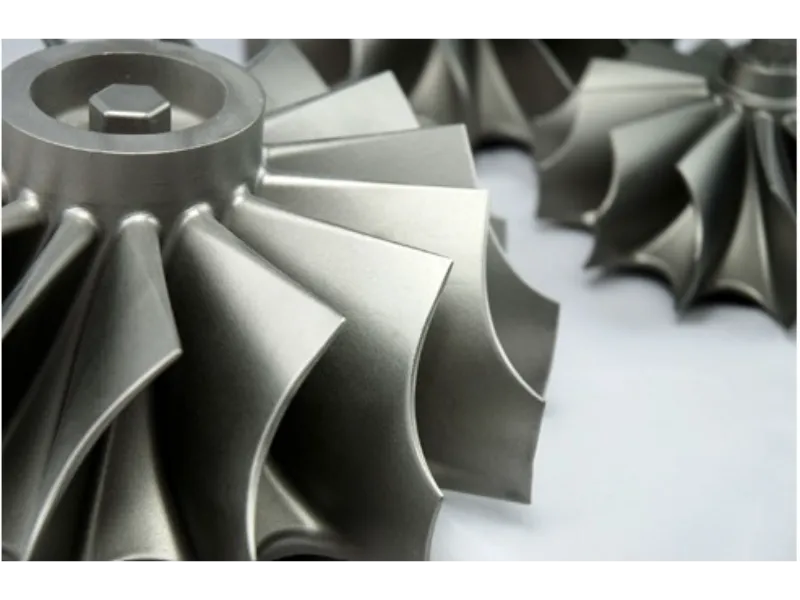
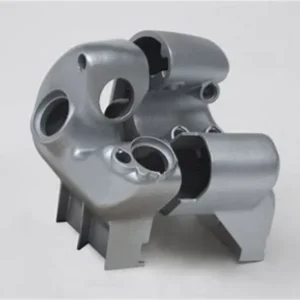
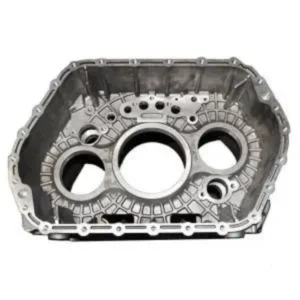
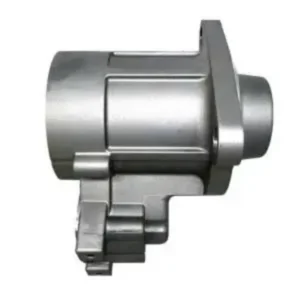
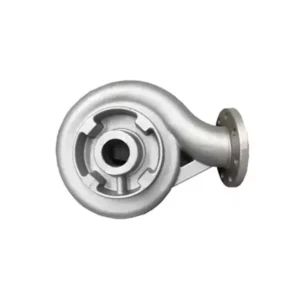
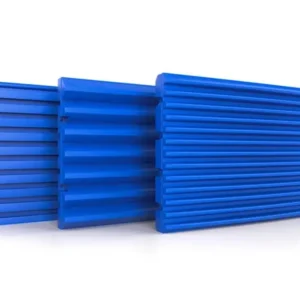
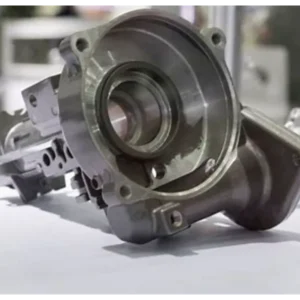
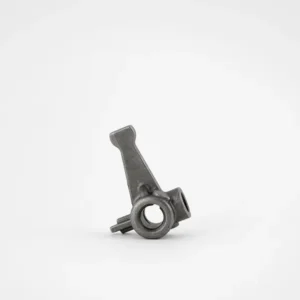
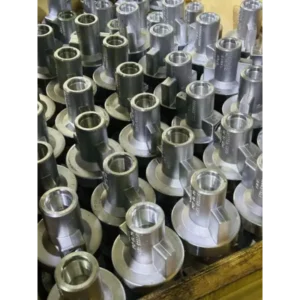
Reviews
There are no reviews yet.